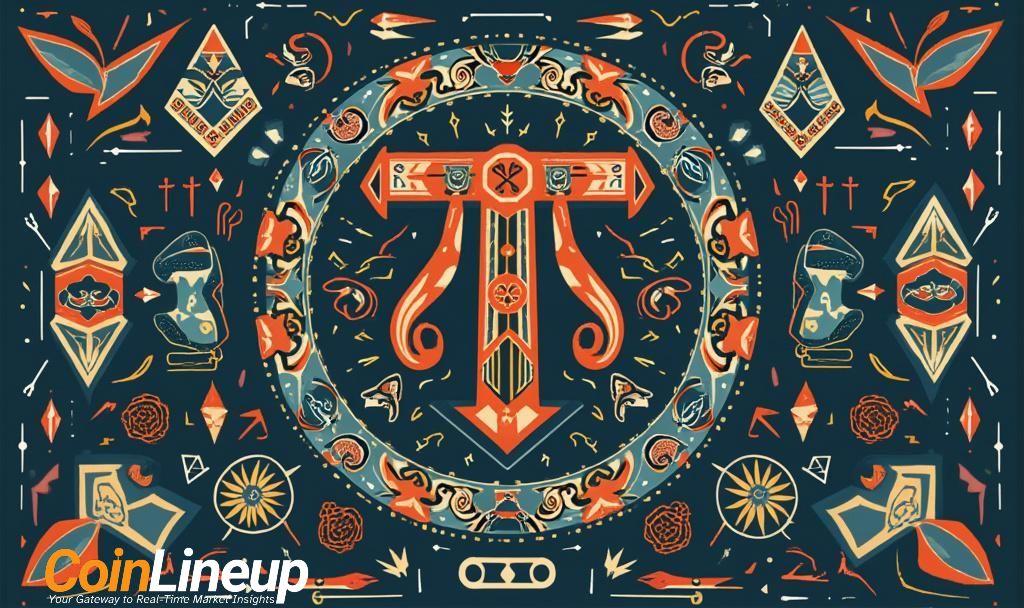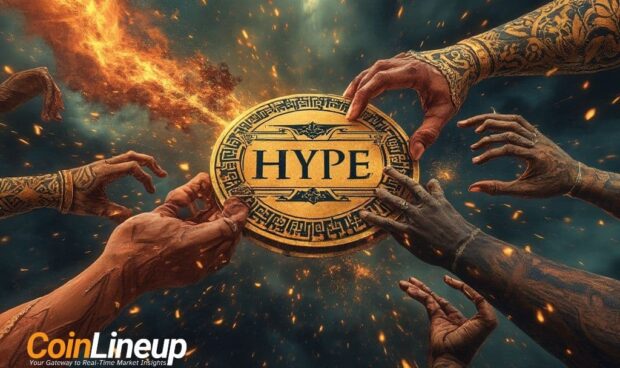
- Pi Network shifts to gaming after PI token drop.
- Efforts driven by $100M gaming fund.
- User growth despite token volatility.

Pi Network has initiated a strategic focus on gaming after a significant 17% decline in its PI token value, according to a May 2025 blog post.
Pi Network’s shift to emphasize gaming aims to provide utility and bolster user engagement amidst declining token prices.
Dr. Nicolas Kokkalis, an expert with Stanford credentials, supports this strategy. “The goal is to support apps that offer tangible benefits for Pioneers, sustain developer growth, and strengthen the platform as a whole. Within that vision, gaming stands out as a high-potential category.”
Gaming Focus in Pi Network’s Strategy
Pi Network’s leadership, including co-founders Dr. Nicolas Kokkalis and Dr. Chengdiao Fan, emphasizes gaming to revitalize their platform. Utilizing a $100 million fund, the goal is to boost ecosystem utility and developer innovation. The recent decline in the PI token and increased volatility prompted this move.
Driving User Experience with In-game Currency
The Pi Network Ventures fund specifically targets gaming, aiming to leverage Pi as in-game currency. Core team discussions have reinforced this focus as a means to enhance user experience.
The PI token suffered a 17% drop following these announcements, causing concern. The network boasts over 8 million wallet migrations. The broader industry shows no immediate impact, but community members on X express mixed reactions regarding network centralization concerns.
Pi Network’s established roadmap signals intentions to open-source soon, addressing transparency worries. Similar initiatives by other Layer 1 networks like Flow indicate possible short-term engagement increases due to gaming strategies.
Regulatory responses remain absent, but the Pi Network ecosystem continues to grow. The push for gaming indicates potential changes in user dynamics and app-level liquidity once smart contract support is fully realized.
Potential financial outcomes hinge on sustained developer interest, while historical trends reflect varying long-term price impacts on platforms adopting gaming. The network’s future depends on addressing transparency, decentralization, and developer tools.










